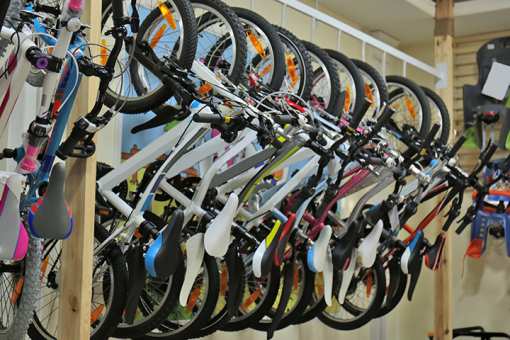In June, 1803, the cornerstone was laid for the present church. With three naves or aisles, it became the widest of all the mission churches. It was dedicated on June 23, 1812. Padre Esteban Tapis is buried in the sanctuary of the church. He was, at one time, Presidente of the Missions and he is founder of the Mission Santa Ines. When he retired from office he came to San Juan Bautista where his musical talents brought fame and a new name to San Juan, "THE MISSION OF MUSIC." Two of his handwritten choir books can be seen in the Museum.
Interior completion of the church continued through 1817 when the floor was tiled and the main altar and reredos (which holds the six statues) were completed by Thomas Doak, an American sailor who jumped ship in Monterey. He painted the reredos in exchange for room and board.
When visiting the Mission, pay special attention to the church floor tiles. There are animal prints in the tiles that were made while the tiles were left outside to dry in the sun. Also, note the "Cat Door" carved into the blue side door in the Guadalupe Chapel. This allowed cats access at all times to catch mice. In the 1800's mice were serious pests eating much of the harvest.
The present museum rooms were the padre's living quarters and the work areas for the Native Americans. Over the years the rooms were used for storage and for Mass after the 1906 eqrthquake.
The gardens were the center of activity. Here were learned the skills of carpentry, tanning, weaving, and candlemaking.
The present Gift Shop was a storeroom. In 1847, it was a temporary home for the Breen family who survived the Donner Party tragedy. Their family Bible is in the Museum.
The San Andreas Fault runs along the base of the hill below the cemetery. In 1906, there was a violent earthquake that shook the greater part of central California. The side walls of the church collapsed. They were restored in 1976. Vestiges of the original El Camino Real can still be seen north of the cemetery.
The "convento" wing is all that remains of the quadrangle that had enclosed the gardens. The kitchen served 1,200 people three times a day. The mission's collection of books and art works are in many cases older than the mission. Some of the fine vestments in the museum are from China, Russia and Venice, and were used at the mission as recently as the 1930's.
The cemetery on the north side of the church contains the remains of over 4,000 Christian Native Americans and Europeans. Ascencion Solorzano, the last pure blooded Native American of this mission, is buried in the cemetery. Her grave is marked by a red cross and a plaque has been placed on the wall above her grave in her memory.
The church was secularized in 1835, when much of the mission property was seized by the Mexican government. In 1895, the present mission buildings and 55 acres were given back to the Church by Federal decree of the United States government. San Juan Bautista has the only original Spanish Plaza remaining in California.
The Old Mission San Juan Bautista has had an unbroken succession of pastors since its founding on June 24,1797.
As part of the bicentennial celebrations, the original chapel (Guadalupe Chapel) has been restored along with the restoration of the actual mission well. The museum has also been improved with the help of Dr. Ruben Mendoza and the students of CSU-Monterey Bay.
The future goals of the mission include rebuilding the guard tower where the Spanish soldiers lived and rebuilding the missing wings of the mission whose foundations have been uncovered by Dr. Mendoza. This is an expensive process and we deeply appreciate any donations made to the Mission.





